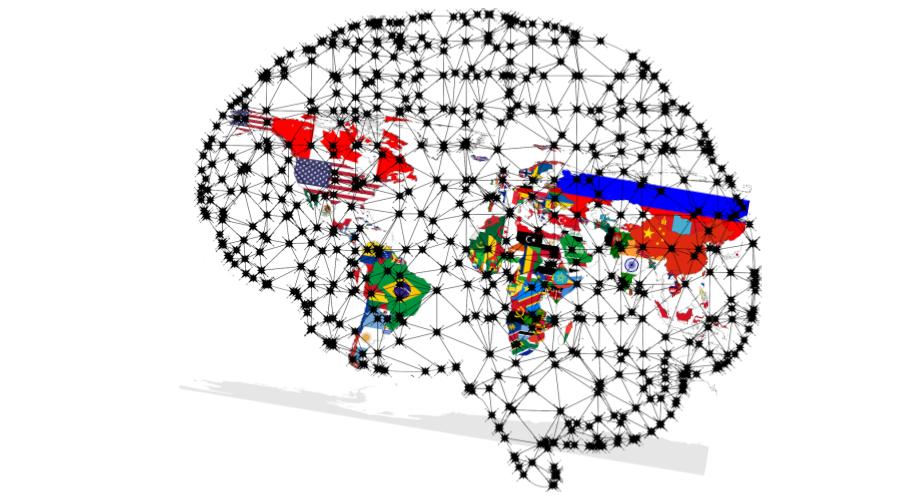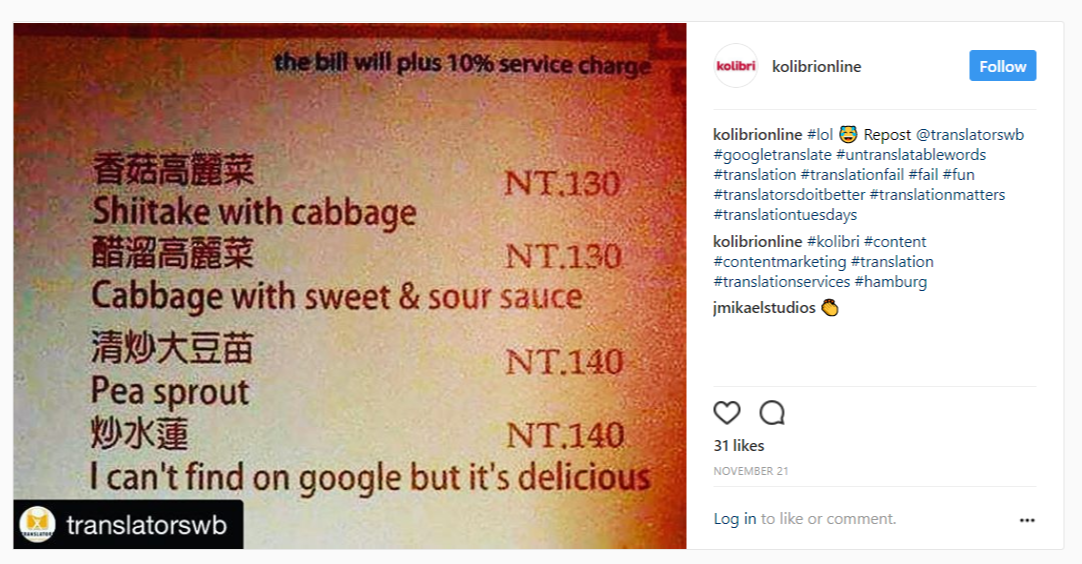Need to translate a text? Nowadays, we can decide to have a document or website translated by either a human or a machine. Both human translation and machine translation have advantages and disadvantages. In most cases, the translation process is under a time constraint and has to be both efficient and as accurate as possible. The ultimate goal is to have a text translated so that it can be understood by a target audience.

To decide upon a strategy, we have to compare human translation vs. machine translation. How do they approach translation? What are the challenges? What is key to a successful translation?
How Humans Learn Language
Learning a new language for a human means more than studying the grammar or memorizing the direct translations of various words. In fact, children have been shown to learn by associating a word with different contexts instead of memorizing direct one-to-one definitions or translations. The words are associated with the speaker, the setting, and various other sensory and emotional perceptions. This means that words not only convey a simple set of objective information but also more subtle subjective information such as a feeling or subconscious memory.

Humans learn by association- relating words to context
Understanding a language means putting what is said into context, having a feeling for the emotion of the speaker and knowing what the speaker’s goal is. Especially for a written text, it takes practice to pinpoint the underlying meaning and emotion while context is often given by outside sources. Obviously, this is not the way machines learn language or comprehend it.
Pros And Cons Of Machine Translation
Machine translation engines, such as Google Translate, have come a long way from being comparable to simple dictionaries to using complex self-learning algorithms. They are able to provide rough translations into a large variety of languages at little to no cost. This translation process usually takes less than a few seconds.
Like the article?
Click here to share on Twitter >>>
Tweet
Click here to follow IVANNOVATION on Twitter and be first to learn about our new content >>> Follow @ivannovation
However, obvious mistakes such as translating with the wrong synonym still happen, and limitations such as not being able to identify certain idioms, sarcasm, or slang still exist. Oftentimes, there are subtle nuances to a language that only a native speaker could explain. There are cultural references, plays on words, implied but not explicitly stated ideas. These can throw off the machine translation engine, resulting in translations that look right, but are are actually inaccurate. Ridiculous translations may result in viral memes, but not a professional reputation.
Professional Translators Know How To Use Machine Translations Wisely
Considering human translation vs. machine translation, there are clear strengths and weaknesses of each. Human translation can be accurate and appropriate but expensive. Machine translation can be quick and cheap but inaccurate.
That’s why today, many translators opt for using machine translation paired with human post-editing. This strategy attempts to reduce the amount of time spent on typing up entire translations. Ideally, the human translator can compensate for the machine’s weaknesses by correcting the places where the machine missed the nuance or connotation of the text.
Quality Translations Fast. Simple.
Click the button below to get in touch with one of our project managers today.
Let's Talk Translations
Importance of Training
It is important for the human translator to have received training on post-editing and to know how to work with specific translation outputs. Oftentimes, machine translations are used in a suboptimal way. Do professional translators copy and paste entire chunks of text into a mass market translation engine, like Google Translate, and then expect to make some minor edits? No.
Many machine translations are sophisticated enough that untrained individuals would not be able to spot certain errors right away. The text may look clear and logical, but it actually misses the meaning of the source text. Omissions and mistranslations are common errors, so the post-editor still has to spend time working carefully with the output, comparing it to the original text. If the translator is inexperienced or if the machine translation output is of especially poor quality, then the translator might have to spend even more time correcting the output than they would have translating from scratch.

Avoid having to spend too much additional time with the translated output
Subtle Differences, Big Mistakes
Professional translators not only know both the original and the target language, but also know how the translation software operates. A sufficient amount of background knowledge allows the professional translator to spot errors quickly and add appropriate corrections.
Word order requires more than just a basic understanding of nouns, verbs, adjectives etc. In some cases, determining whether a word is a noun or a verb requires looking a little further, too. The word “saw” can either be used as a noun referring to a tool, or it can be used to refer to the verb for using that tool, or it can be a tense of the verb “to see.” The machine translation might make a mistake here. Having to go back and correct for such confusing errors would take a lot of time.
Putting The Text Into Context
Phrase-based statistical machine translation attempts to put the text into more context, instead of just translating individual words. An entire string of words is considered together and translated to a commonly used phrase in the target language. Initially, that sounds great for someone inexperienced as a translator. However, research has shown that post-editors may have to put more effort into correcting outputs from phrase-based translations. Errors can be more difficult to correct if an entire phrase has to be rewritten rather than just a word. Segments of sentences may also end up jumbled and senseless.
Furthermore, the document needs to be considered as a whole because some errors go beyond the sentence or phrase level. Consider two words that have entirely different meanings but are spelled the same, also known as homographs. For example, the word “accent” can either refer to placing emphasis on a designated syllable of a word, or it can refer to more general pronunciation of a language associated with a certain region. Both definitions describe speech, so the difference may be difficult to detect by a machine. However, once translated, the difference may lead to confusion if it is not corrected by a professional translator.
Benefiting From The Differences of Human vs Machine Translation
Having background knowledge in translating text from scratch as well as the way the translation machine operates is key to translating text most efficiently and accurately. This way, the translator can utilize familiar software for specific tasks to improve speed, without compromising quality. A professional translator also has knowledge of cultural nuances and can direct word choice in an appropriate way. The target audience will understand the content and its message will come across in a much better way than a one-to-one poorly translated text.
By pairing a professional translator with sophisticated software, the hybrid strategy utilizes the benefits of both human translation and machine translation. The professional translator can now accommodate for the growing translation needs due to globalization and allow two parties to communicate comfortably.
Anna Kadau is a Clemson University Honors College student who loves learning about various languages and cultures. She grew up speaking both English and German. As German Professional Society’s (GPS) Vice President of Business Outreach, she helped organize two of Clemson University’s annual GPS Conferences.
Get free translation tips straight to your inbox!
- Get tips on how to translate your website, marketing materials!
- Get actionable advice to help you succeed with international business.
- Be the first to access free language and management tools.





